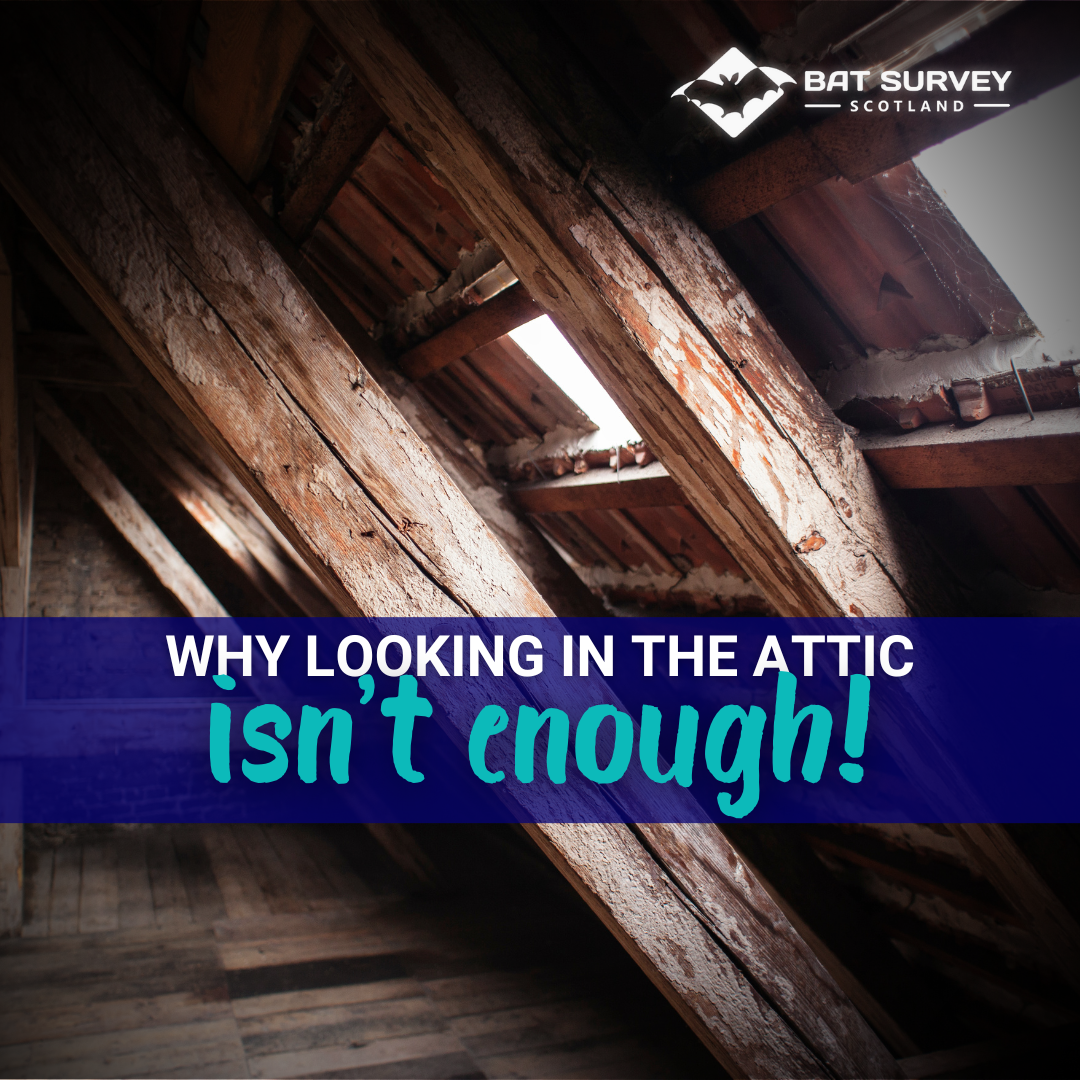Bat Survey FAQs: Part 1
No matter what kind of property you are developing or renovating, there are several questions we get time and time again. To help your proposed works go smoothly, here’s the answer to five of our most asked questions…
1. What’s involved in a bat survey?
Bat surveys take place in two stages:
▶ Stage 1 - Preliminary Roost Assessment: This is a daylight search for evidence of bat roosts and structures bats could roost in (even without leaving any visible evidence). We will back this daylight search up with a check for local records of roosts and assess if nearby habitats likely to be suitable for bats.
▶ Stage 2 - Bat Activity Survey: These involve 1-3 visits to watch for bats leaving or entering your property. They take 2 hours per visit, and we use ultrasonic bat detectors and infra-red video to identify any bats seen and where their roost entrances are located.
2. How do you decide if i need a stage 2 survey?
The stage 1 survey (or preliminary roost assessment) allows us to assess how likely bats are to be roosting in your property.
If we find no evidence of bats and no structures that bats could roost in then you will not need any stage 2 surveys.
If your property does or could contain bat roosts, then our specialists will determine the level of suitability and recommend stage 2 surveys for 1-3 nights, with 3 weeks at least between each survey. We take into account the unique qualities of your property, the surrounding habitat, and other local roost records when determining the stage 2 survey effort required.
3. when can you do bat surveys?
We can complete your stage 1 survey at any time of the year. Stage 2 surveys must take place when bats are active (not hibernating) between the 1st of May and 30th of September, with at least one visit prior to the 31st of August.
4. how quickly can you complete a bat survey?
We will always start your surveys as soon as possible within the survey season schedule. The bat survey guidelines adopted by local authorities, require at least 3 weeks between stage 2 survey nights so it is important to get in touch with us early in your project to avoid delays.
If you have a deadline, e.g. for a planning hearing, let us know and we will do everything we can to assist you in meeting your deadline!
5. What happens if you find a bat roost?
If your proposed work will disturb or destroy the roost we can apply for a derogation licence on your behalf. This usually requires mitigation that can include:
▶ A Method Statement: This is designed to ensure any bats are protected while work is carried out, and may involve time limitations for works, licensed supervision of specific works, and guidance on lighting or other factors which could disturb roosting bats.
▶ Compensation Measures: If the roost is being destroyed, we will work with you to create a replacement roost. This could be as simple as installing bat boxes, or as complex as building a custom bat house.
We will always ensure we give you appropriate recommendations for your project that balance your needs and goals, with the bats!
If you need a bat survey (or think you might) get in touch with our team of specialist ecologists!
Or read more of our latest blogs here:






